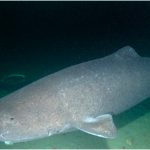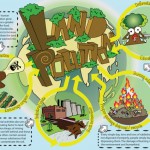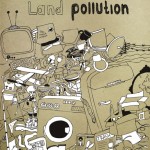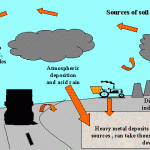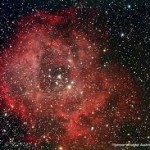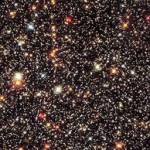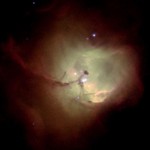By GEORGE THANOPOULOS – GEORGE KARAGIANNIS – GEORGE GALANOPOULOS (A Class)
In Scotland, many stories are told about mysterious creatures. Many of them are described as long dragon-like lizards. However, the most famous and well-known monster, as I suppose you have heard, is the story of the monster of loch ness.
Loch Ness is a large, deep, freshwater lake in the Scottish Highlands extending for 37 km southwest of Inverness. Its surface is 16 m above sea level. Loch Ness is best known for alleged sightings of a serpent known as «Nessie». It is connected at the southern end by the River Oich and a section of the Caledonian Canal to Loch Oich. At the northern end, there is the Bona Narrows which opens out into Loch Dochfour, which feeds the River Ness and a further section of canal to Inverness. It is one of a series of interconnected, murky bodies of water in Scotland; its water visibility is exceptionally low due to high peat content in the surrounding soil.
But how did the myth spread? Many of the local inhabitants claim that an enormously large snake was kidnapping their children. Others said that a lizard was sinking the boats that were trying to cross the river and reach the Cherry Island. However, the most possible version is the less known one. It was said that passengers heard screams from the island and though that some mysterious creature attacked the lonely hut that was built there. Cherry Island (: Eilean Muireach, meaning Murdoch’s Island) is the only island, and also an example of a crannog. The island is about 150 yards (140 m) from the shore near the southern end of the loch. The island was originally 160 feet (49 m) by 168 feet (51 m) across, but is now smaller as the level of the loch was raised when it became part of the Caledonian Canal. The increase in the level of the loch caused a smaller natural island nearby Eilean Nan Con.
A castle stood on the island during the 15th century; this was constructed of stone and oak wood and was probably used as a fortified refuge. Many scribes that were found there wrote that one day, some soldiers from a southern region (someplace near Walle), decided to attack the local villages. Having no other solution the villagers run into that castle. When the soldiers attempted to forge it, a weird looking creature stroke their boat and sunk it. As far as the significance of the monster in civilizations, many of them used to scratch a snake on their shields, to symbolize the power that they gained from the monster. Moreover, they used it with the view to have luck and succeed in war. Once a fight took place between Scotland and Wales. The Scottish were on the verge of defeat when suddenly local people advocate that a large lizard appeared which caused fear to people from Whales and made them run away!
But myths remain myths! Jeremy Wade, a biologist who studies fish and tries to catch rare ones, once, presented a programme about the loch ness monster. After days of research, what he discovered and revealed was that the loch ness monster does not actually exist. It exists just in people’s imagination. What the monster of loch ness actually is, is a type of shark living in the deep freezing waters of the lake: Somniosus microcephalus. This is one of the largest living species of shark, of dimension. Greenland sharks grow to 6.4 m. and 1,000 kg,] and possibly up to 7.3 m and more than 1,400 kg. However, most Greenland sharks observed have been around 2.44–4.8 m long and weigh up to 400 kg. Males are typically smaller than females. It rivals the Pacific sleeper as the largest species in the family Somniosidae. The Greenland shark is a thickset species with a short, rounded snout, small eyes, and very small dorsal and pectoral fins. The gill openings are very small for the species” great size. Coloration can range from pale creamy-gray to blackish-brown and the body is typically uniform in color, though whitish spots or faint dark streaks are occasionally seen on the back.
As far as the fight between Scotland and Wales, Wales did not count the power of the archers hidden in the forest and as a result they were not efficient in highground making them lose.
So as we can all conclude, the monster of loch ness was just an illusion. What it actually was, is a type of shark looking like a lizard from above…


